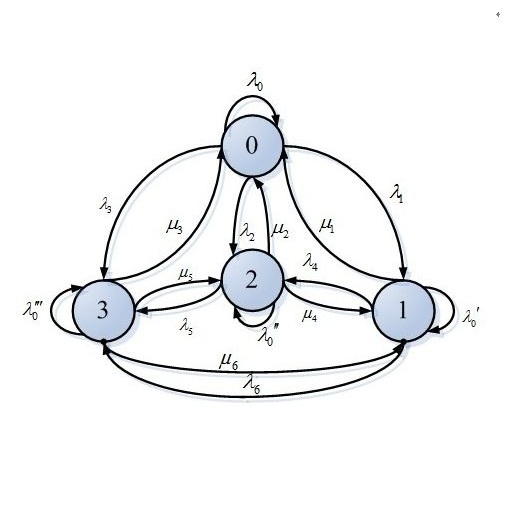The need for matching items with one another while meeting assignment constraints or preferences has given rise to several well-known problems like the stable marriage and roommate problems. While most of the literature on matching problems focuses on a static setting with a fixed number of items, several recent works incorporated time by considering stochastic models, in which items of different classes arrive according to independent Poisson processes and assignment constraints are described by an undirected non-bipartite graph on the classes. In this paper, we prove that the continuous-time Markov chain associated with this model has the same transition diagram as in a product-form queueing model called an order-independent loss queue. This allows us to adapt existing results on order-independent (loss) queues to stochastic matching models, and in particular to derive closed-form expressions for several performance metrics, like the waiting probability or the mean matching time, that can be implemented using dynamic programming. Both these formulas and the numerical results that they allow us to derive are used to gain insight into the impact of parameters on performance. In particular, we characterize performance in a so-called heavy-traffic regime in which the number of items of a subset of the classes goes to infinity while items of other classes become scarce.
翻译:在满足任务限制或偏好的同时,需要将项目相互匹配,这引起了几个众所周知的问题,如稳定的婚姻和室友问题。虽然大多数关于匹配问题的文献侧重于固定项目数目的静态设置,但最近一些通过考虑随机模型而结合了时间的作品,其中不同类别的项目根据独立的Poisson进程到达,分配限制通过在类上的无方向的非双向非双向图表来描述。在本文中,我们证明与该模式相关的连续时间马尔科夫链与一个产品-格式排队模式(称为 " 依赖订单的损失排队 " )具有相同的过渡图。这使我们能够将现有的无秩序(亏损)排队列结果调整为随机匹配模式,特别是为若干性绩效指标(如等待概率或平均匹配时间)制作封闭式的表达方式,这可以用动态的编程来实施。这两种公式和它们允许我们获取的数字结果都用于了解各种参数对业绩的影响。特别是,我们描述在所谓的重交易类(亏损)排队列中的业绩表现为所谓的“重压式项目”的分级,而成为其他类的细列项目的数目。




